In 2015, all the hype in India was about three things — why Katappa killed Baahubali, the shiny new iPhone 6, and the launch of a compact yet premium SUV that would go on to redefine the segment which was the Hyundai Creta.
Back then, the Indian midsize SUV space was still unexplored territory. The Renault Duster had kickstarted this segment, the Ford EcoSport was showing that compact SUVs could be fun to drive, and the Mahindra Scorpio was that old-school rugged SUV. But when Hyundai pulled the wraps off the Creta, priced at ₹8.59 lakh ex-showroom for the base variant, it sent alarm bells in the offices of every other car manufacturer in India.
First-generation Hyundai Creta
The first-generation Hyundai Creta arrived with a clear purpose to pack in features unheard of in its price bracket, offer multiple engine options, and design an SUV that felt aspirational without losing out to the masses.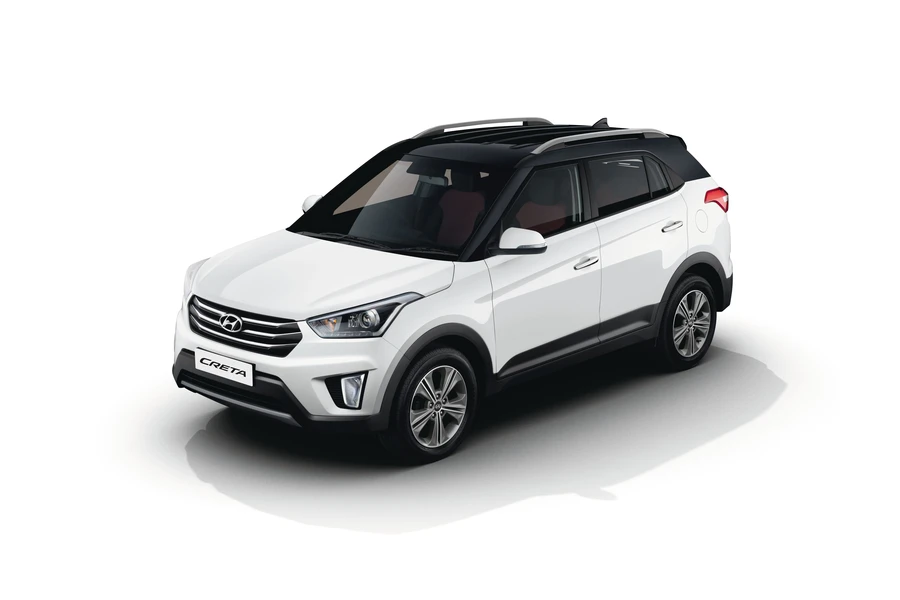
It debuted features like a 7-inch touchscreen with built-in navigation, six airbags, projector headlamps, LED DRLs, and 17-inch alloy wheels, all of which were remarkable for the price in 2015. Perhaps the most groundbreaking feature was the diesel-automatic option, something usually reserved for the luxury segment especially seen Audis, Mercs and BMWs.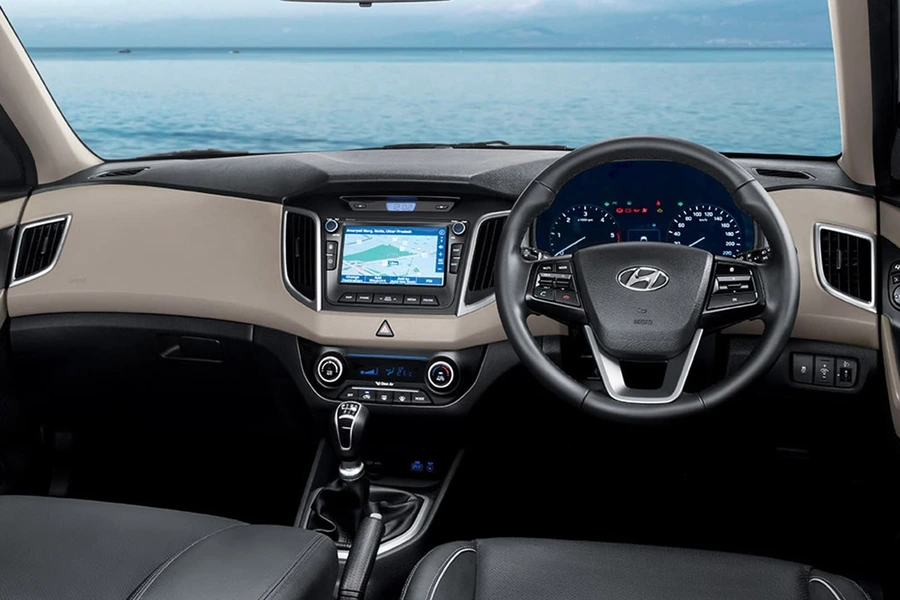
Buyers could choose from two diesel engines, including the now iconic 1.6 CRD, a 1.4 diesel mill, and one petrol engine. The 1.6 CRDi automatic trim became a cult favourite thanks to its torque-rich, refined state of tune, and at ₹13.57 lakh ex-showroom, it was seen as unbeatable value. Within just a few months of its launch, the Hyundai Creta had dethroned the Renault Duster and Ford EcoSport as the default choice in the midsize SUV space. In 2018 the Creta received a very mild facelift with an updated front bumper with a larger grille, new alloy wheels and few new colours.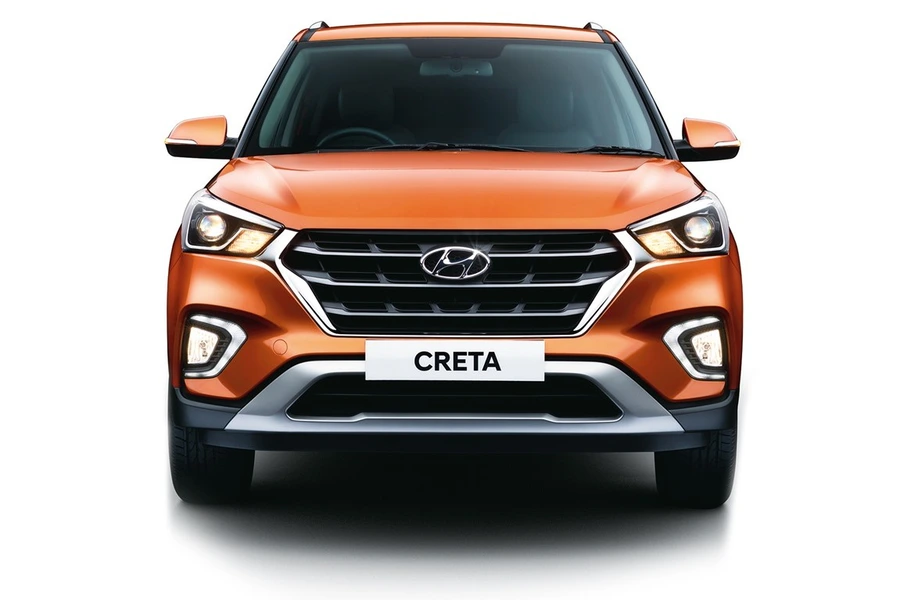
Second-generation Hyundai Creta
By 2020, India’s SUV market had transformed. New rivals had emerged, and the game had shifted. The Creta’s cousin, the Kia Seltos had made a stylish and aggressive entry, the MG Hector also arrived on the scene with a sales campaign of “internet inside,” and competition was more intense than ever. Hyundai responded with a second-generation Creta that was bolder in every way, starting with a major design overhaul. The split headlamp arrangement, massive grille, and sharper lines divided opinion, but in a segment where visibility mattered, it ensured that the Creta remained firmly in the spotlight.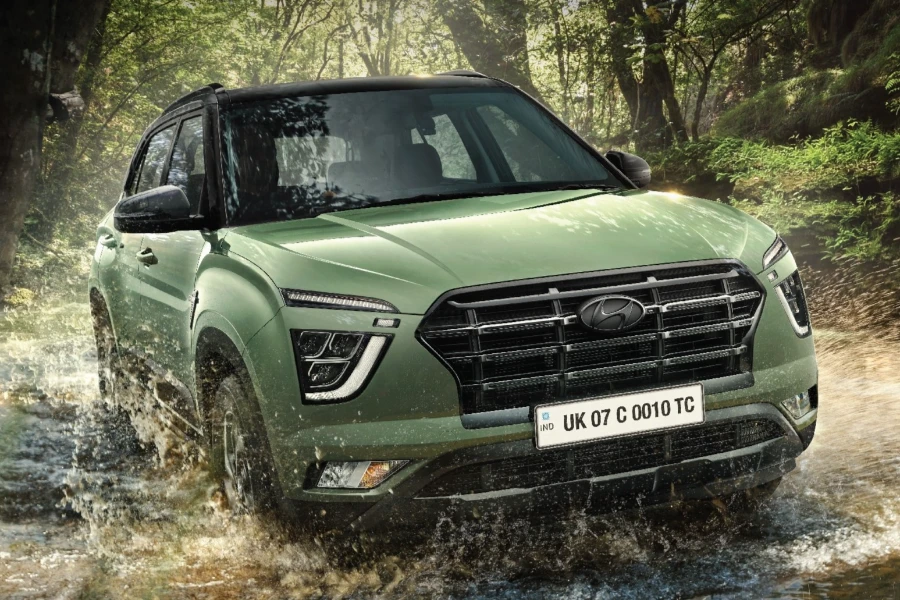
The new generation wasn’t just about looks. Hyundai pushed the feature and tech game even further, introducing connected car technology through its BlueLink system, adding a panoramic sunroof, and fitting a Bose premium audio system. The cabin gained ventilated seats, wireless charging, paddle shifters, panoramic sunroof and a fully digital instrument cluster. At the 2020 Auto Expo, long-time Hyundai brand ambassador Shah Rukh Khan unveiled the new Creta and was also the first official owner of the second-gen Creta.
Despite the polarising design, sales never reduced. The strength of Hyundai’s approach lay in offering an unmatched variety of engine and gearbox combinations, from a fuel-efficient diesel to a punchy 1.4-itre turbo-petrol with a dual-clutch transmission. There was a Creta for every type of buyer, and this ensured that it stayed at the top of the sales charts.
Second-generation Hyundai Creta Facelift
The 2024 facelift was another major evolution for the Hyundai Creta, focusing on technology and safety. The interior gained dual 10.25-inch connected screens, while Hyundai equipped the SUV with Level 2 ADAS, bringing advanced driver assistance into the mainstream midsize SUV segment.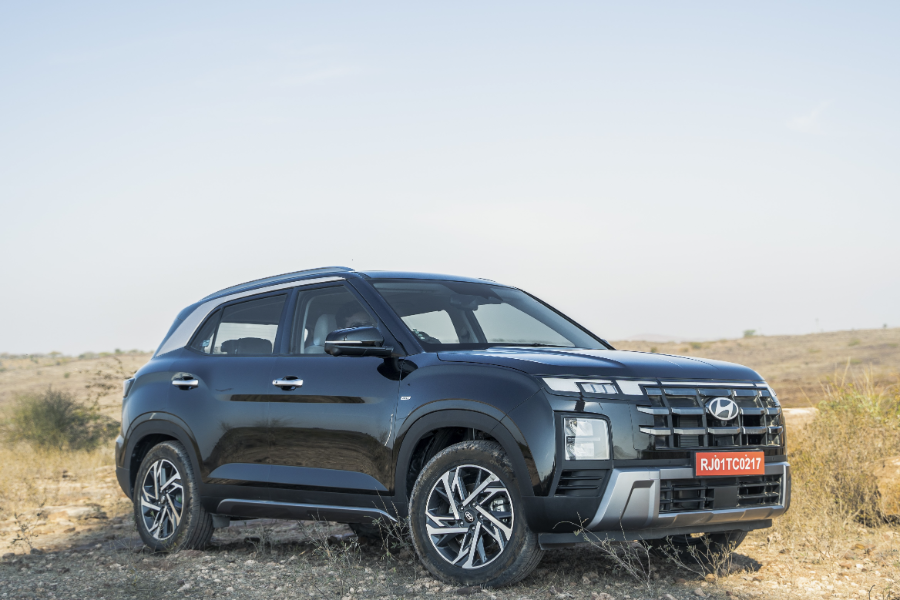
The old 1.4 turbo-petrol engine made way for a new 1.5 turbo-petrol that offered improved performance and efficiency. Safety was improved — six airbags, electronic stability control, hill assist control, all-wheel disc brakes, and the full suite of ADAS features.
Second-generation Hyundai Creta – N Line and Creta EV
By 2025, the Hyundai Creta had grown beyond just a model into a complete family of products. The launch of the sportier N Line variant offered a more engaging driving experience with firmer suspension, re-designed front fascia, a dual-tip exhaust, and N-Line specific design accents inside and out.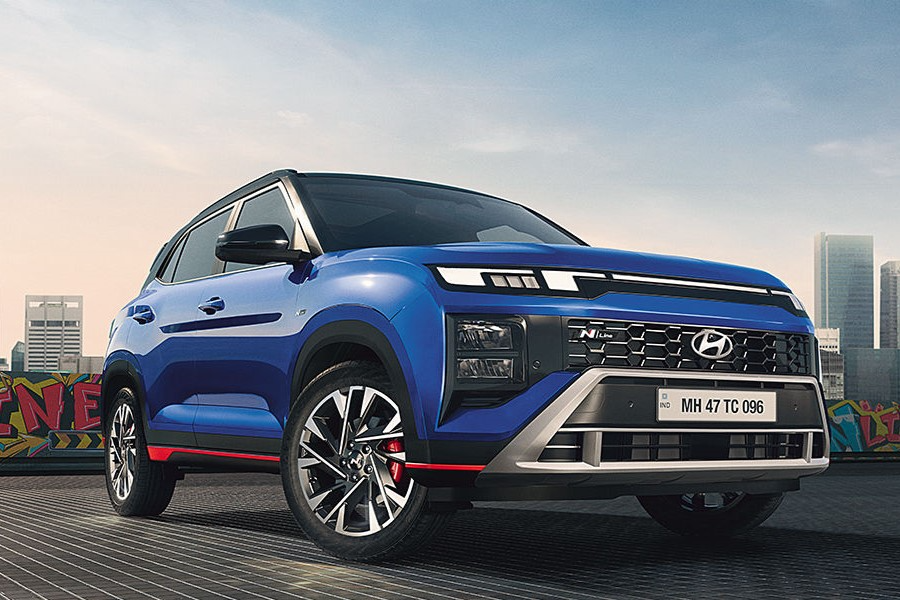
Hyundai also expanded the Creta’s footprint in 2021 with the introduction of the Alcazar, a three-row, seven-seat version that catered to larger families while retaining much of the Creta’s design and features.
At the other end of the spectrum, the Creta EV marked Hyundai’s leap into electrification in this segment. With a claimed range of 470 km, fast charging capabilities, and the same practicality and comfort that had made its ICE counterpart a success, the EV positioned the Creta for the next chapter of mobility.
In its 10-year journey, the numbers speak volumes. Over 10 lakh units have been sold in India alone, averaging a Creta rolling out of showrooms every five minutes. Hyundai has exported 2.87 lakh units to more than 13 countries, expanding the SUV’s footprint well beyond Indian roads. Since 2016, it has been the best-selling vehicle in its segment every single year, an achievement few models can claim. Even more telling is the shift in consumer preference — in the first half of 2025, nearly 70 percent of all Cretas sold came with a sunroof, showing India’s growing desire for premium features.
The Hyundai Creta’s success story is rooted in several factors that worked together seamlessly. Hyundai’s commitment to offering class-leading features meant it always stayed ahead of the curve, forcing rivals to catch-up. The diverse powertrain lineup allowed it to cater to a broad audience, from budget-conscious diesel buyers to performance enthusiasts and now EV adopters. Its wide-reaching dealer and service network reassured customers, especially those buying SUVs for the first time. Timely updates and facelifts ensured the Creta never felt outdated.
Over the years, its rivals have changed dramatically. In 2015, it was battling the Renault Duster, Nissan Terrano, and Ford EcoSport. By 2020, it was facing the Kia Seltos, MG Hector, Volkswagen Taigun, Skoda Kushaq, Maruti Suzuki Grand Vitara, and Toyota Urban Cruiser Hyryder, among others. Despite this constant onslaught of competition, the Creta continued to outsell them month after month. Even when rivals offered similar or better features on paper, Hyundai’s brand perception, consistent quality, and strategic product updates kept the Creta ahead.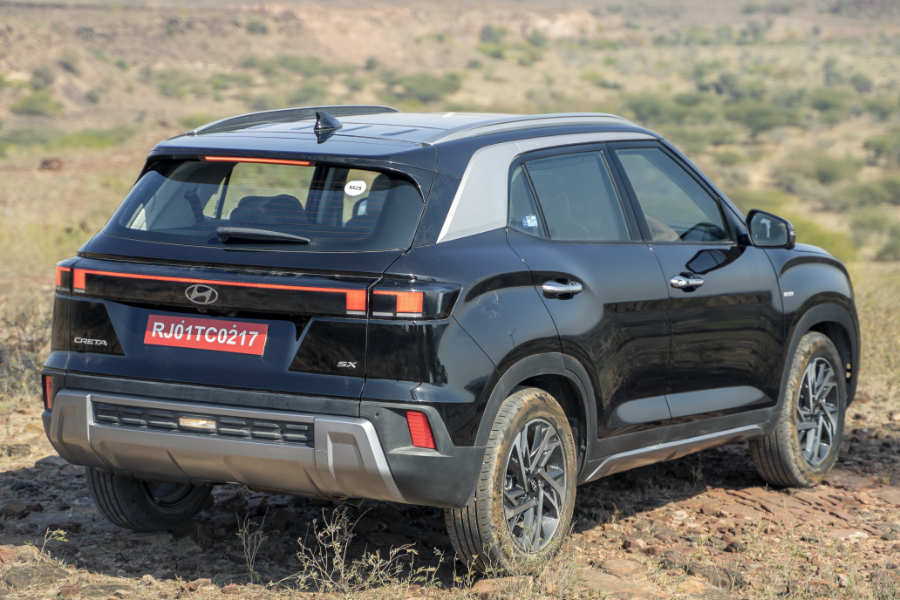
Ten years on, the Hyundai Creta is more than just a car. It’s a case study in how to build, grow, and sustain a brand in one of the most competitive markets in the world. Such was its impact that even people with no interest in cars, came to refer to the entire midsize SUV category simply as the “Creta segment.” If the Santro was Hyundai’s household name in the late 90s and 2000s, the Hyundai Creta has become that name for Hyundai in the 2010s and 2020s – a dependable and familiar SUV that still holds the same place in the brand’s story today.


Pingback: 2025 Hyundai Exter Pro Pack Launched in India with New Design and Features
Pingback: 2025 Hyundai Creta King Series Launched: Powerful, Premium and New Features